Sign Up. Stay Informed.
Key Initiatives
There is more to restoring and protecting the infrastructure and environment of coastal Louisiana than just building projects. We must also build understanding and cooperation, foster education and ideas, and seek to build beyond the limits of what can be wrought with sediment, steel and machinery.
To that end the CPRA invests in a variety of initiatives intended to meaningfully impact its mission in subtle and direct ways. From the education of our youth in our marsh environments, to needed scientific research, to simply preserving our existing coastal forests, the CPRA involves itself in the full spectrum of providing robust and all-encompassing efforts to achieve an improved and sustainable future for our people today and for generations to come.
Barrier Island Comprehensive Monitoring (BICM)
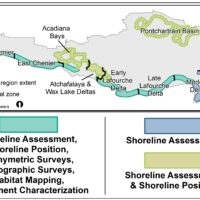
The goal of the BICM Program is to provide long-term data sets and assessment of Louisiana’s barrier shoreline to evaluate constructed projects, facilitate planning and design of future barrier shoreline projects, support operations and maintenance activities, determine storm impacts, and provide coast-wide baseline conditions necessary for assessing system evolution.
LSU Center for River Studies
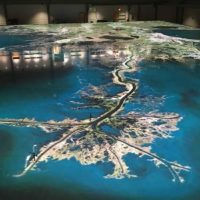
The LSU Center for River Studies, a collaborative partnership between CPRA and LSU, is an unprecedented effort to showcase Louisiana’s working delta, Louisiana’s coastal program, and research dedicated to coastal restoration and river management. The primary focus of the Center is to operate the Lower Mississippi River Physical Model, a…
Flood Risk and Resilience Program

The 2017 Coastal Master Plan recommends a comprehensive nonstructural program as part of our strategy to reduce the flood risk for Louisiana citizens. Nonstructural projects include raising a building’s elevation, flood proofing structures, and voluntary acquisition or relocation. These measures are key components of protecting communities through a “multiple lines…
Lower Mississippi River Management Program
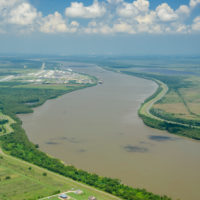
Managing the Lowermost Mississippi River (LMR) for ecosystem restoration and protection, flood risk management, and navigation is a complex, long-term endeavor, and stewardship of water and sediment resources requires holistic river management. The LMR’s response to previous and ongoing management, sea-level rise, subsidence, and watershed-scale precipitation trends related to climate…
RESTORE Act Center of Excellence
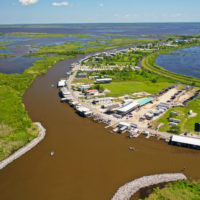
The mission of the RESTORE Act Center of Excellence for Louisiana (LA-COE) is to provide research directly relevant to implementation of Louisiana’s Coastal Master Plan by administering a competitive grants program and providing the appropriate coordination and oversight support to ensure that success metrics are tracked and achieved. The Coastal…
Louisiana Sand Resource Database (LASARD)

The State of Louisiana initially developed the LASARD program to manage geological, geophysical, geotechnical and other related data pertaining to offshore sand searches.
South Central Project
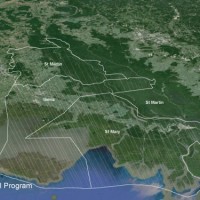
The project is a CPRA effort to identify opportunities for hurricane protection and coastal restoration within the area. The primary goal is to develop a comprehensive plan to provide hurricane and storm damage risk reduction and to provide coastal restoration measures to achieve ecosystem sustainability. The 2012 Master Plan recommended…
Southwest Coastal Louisiana Project
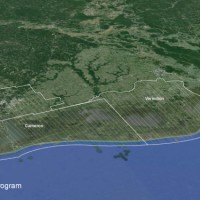
The project includes structures that have a first floor elevation at or below the 202525-year base flood elevation (BFE). Participation in the project is 100% voluntary. Construction of nonstructural efforts will be cost shared between Corps and CPRA(65% Corps, 35% CPRA). Structure owners will not be responsible for the cost…
Youth Wetlands Education and Outreach Program

The goals of the Youth Wetlands Education Program are to instill into students the complexities and consequences of continued unprecedented loss of wetlands on the citizenry of Louisiana, to instill into students that they are ambassadors for responsible stewardship of Louisiana’s natural resources, and to encourage forward thinking that results…
Coastal Science Assistantship Program
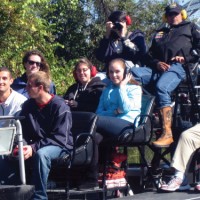
Funding these assistantships will allow CPRA to direct scientific research to answer questions about planning, designing, constructing and evaluating coastal protection and restoration projects, which will ultimately contribute to program success. In addition, these assistantships will improve CPRA’s scientific credibility by developing relationships among the students, the professors, their universities,…
LCA Mississippi River Hydrodynamic and Delta Management Study
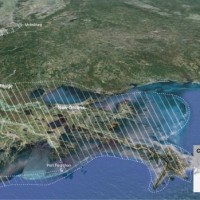
The goal of the feasibility study team was to utilize modeling results and recommendations from other large-scale coastal restoration plans (including the Louisiana Comprehensive Master Plan for a Sustainable Coast, 2012) to provide a decision-making framework for the management of a sustainable coastal ecosystem that allows for the coexistence of…
